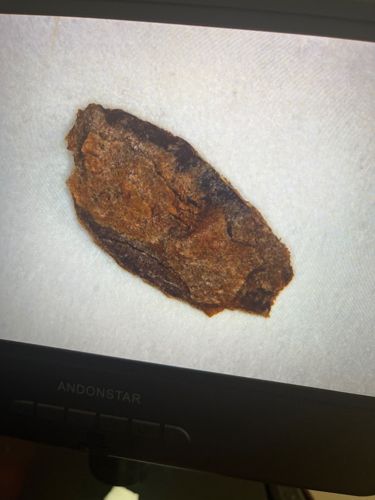Case-Bearing Moth Larva (likely household casebearer or similar)
Scientific Name: Phereoeca uterella (Household Casebearer) or similar species within the Tineidae family (e.g., Tinea pellionella - Casemaking Clothes Moth)
Order & Family: Lepidoptera (Moths and Butterflies), Tineidae (Fungus Moths/Clothes Moths)
Size: Larval case: 10-15 mm (0.4-0.6 inches) in length. The larva inside is smaller, typically up to 7-10 mm (0.3-0.4 inches).

Natural Habitat
Indoors, commonly found in closets, attics, storage areas, around upholstered furniture, carpets, and cracks where lint and hair accumulate. They prefer dark, undisturbed, and humid environments. Outdoors, they might be found in sheltered areas or forgotten natural materials.
Diet & Feeding
The larvae are scavengers, feeding on natural fibers such as wool, silk, fur, felt, and feathers, as well as lint, dust, and spiderwebs. They can also feed on dried plant materials.
Behavior Patterns
Case-bearing insects live inside a protective case they construct from silk and environmental debris, often camouflaging themselves. The larvae carry this case with them as they move and grow, enlarging it as needed. Adults are typically short-lived and focused on reproduction. The larvae are often found in dark, undisturbed areas, feeding on organic materials.
Risks & Benefits
Potential risks include damage to textiles, clothing, carpets, and other natural fiber household items. They can be considered a household pest. There are no significant benefits associated with these insects in a domestic setting; in nature, they contribute to decomposition of organic materials.
Identified on: 9/4/2025